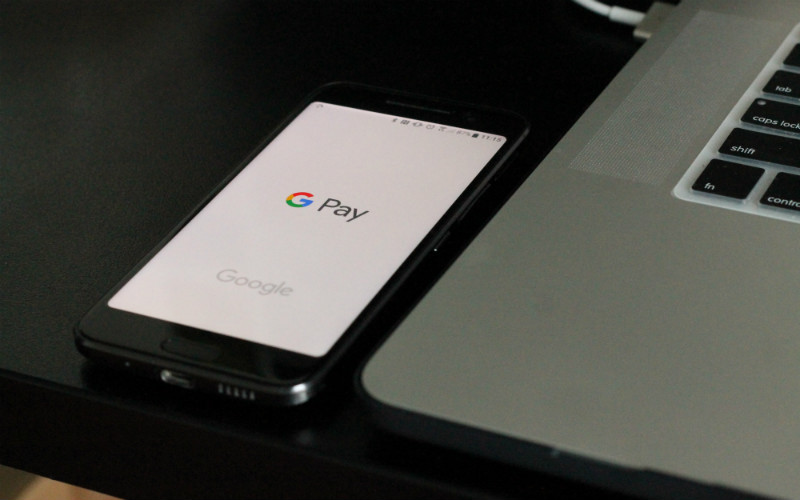Research from life insurer NobleOak has found while in 2019, life insurance ranked fifth on a list of expenses Australians would most consider cutting back on, in 2023 it had dropped back to 11th, behind groceries.
Almost two thirds (65%) of those with life insurance in 2023 intended to renew their policy, compared to an average of 51.5% over the previous five years.
That's despite 35% of respondents saying they feel "not in control" of their financial situation at the moment, with more than half admitting they would find it difficult to come up with $4,000 in an emergency.
While this might seem counter intuitive, NobleOak CEO Anthony Brown says this tracks with conventional wisdom about how tough financial conditions impact life insurance spending.
"Often people become more risk averse in tough situations," he told the Savings Tip Jar podcast.
"We often consider [life insurance] counter cyclical.
"When the market is down a bit, people are actually more conscious of life insurance, and less likely to cancel it or reduce their expenditure."
The research found responders were more likely to cut back on education, transport, groceries and savings before they would cut back on life, health, or home and contents insurance.
Premiums too high?
The news that life insurance policies are on the up may also come as a surprise considering how much the cost of premiums have risen.
While many policies allow the sum insured for to be adjusted for inflation, which inevitably means premiums need to go up by at least the same amount, the price of insurance has ballooned well beyond the inflation rate over the past year.
Per the December quarter CPI inflation indicator, the cost of insurance rose 16.2% compared to the previous year, the highest annual increase since March 2001 and dwarfing the overall inflation rate of 4.1%.
Late last year, APRA and ASIC wrote to life insurance providers in Australia, outlining the need for premium increases to be transparent, fair and factor in consumers need for stability.
Unlike health insurance, life insurance premiums are also risk rated, so people tend to pay more as they get older.
Nevertheless, according to NobleOak research, value for cover remains significantly more important for life insurance customers than low prices, and Mr Brown said rising premiums are necessary to keep payouts high.
"The idea is, if something unexpected happens, and you need a lump sum, that that's funded by other people who are also investing in life insurance," he told the podcast.
"So it will go up more often than just [from] inflation each year."
Insurance through super?
Many Australian superannuation funds offer members life insurance policies, with premiums paid out of contributions
There are a few advantages to doing this: it can make premiums cheaper since the insurer buys in bulk, and since the tax rate on superannuation contributions (15%) is lower than the marginal tax rate for most people, it can be more tax efficient.
At the same time, this also depletes superannuation balances, and Mr Brown says there are often more features on policies bought outside of super.
"There's advantages and disadvantages either way, and we find that a lot of customers actually ought to have it in both super and direct," he explained.
Picture by Kelli McClintock on Unsplash

Ready, Set, Buy!
Learn everything you need to know about buying property – from choosing the right property and home loan, to the purchasing process, tips to save money and more!
With bonus Q&A sheet and Crossword!



 Denise Raward
Denise Raward
 William Jolly
William Jolly













